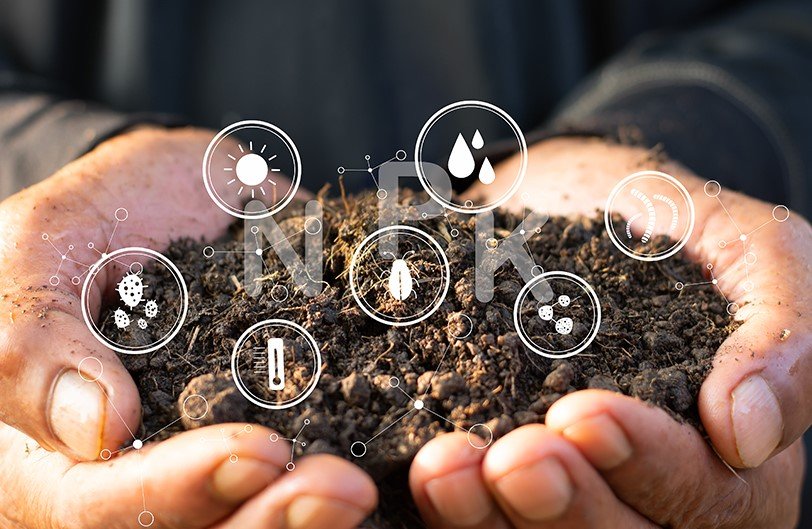A new study reveals that rare melioidosis infections in Georgia may stem from local soil sources, with links to major hurricanes like Helene in 2024. Researchers from the Centers for Disease Control and Prevention and Georgia health officials found genetic ties between cases spanning decades, raising concerns about hidden bacteria in the environment.
What Is Melioidosis and Why It Matters
Melioidosis comes from the bacterium Burkholderia pseudomallei, often found in tropical soil and water. This infection hits hard in places like Southeast Asia and Australia, but cases in the United States are rare, usually tied to travel.
In Georgia, experts now suspect the bacteria lives locally. The study points to four cases over 40 years, all in the same county. Two recent ones popped up right after Hurricane Helene slammed the state in late September 2024. Patients faced fever, chills, and one battled pneumonia with severe sepsis. Both survived after hospital treatment with strong antibiotics.
The infection kills 10 to 50 percent of those it strikes worldwide. Symptoms mimic other illnesses, earning it the nickname “great mimicker.” People might feel fever, pain, cough, or even seizures. Risk rises for those with diabetes, lung issues, or weak immune systems.
This discovery shifts how health teams track the disease. Instead of just asking about trips abroad, they now check local exposures, especially after storms.

Hurricane Helene’s Role in Recent Cases
Hurricane Helene roared through Georgia in 2024, dumping heavy rain and stirring up mud and dust. Two workers at the same site got exposed to these elements and soon fell ill with melioidosis.
They had no recent international travel, which puzzled doctors at first. Tests confirmed Burkholderia pseudomallei in their systems. Genome sequencing showed the bacteria matched strains from older Georgia cases.
Helene caused widespread flooding and damage, killing dozens and displacing thousands. It hit as a Category 4 storm in Florida before weakening over Georgia. Winds and rain likely churned up soil, spreading hidden bacteria.
Similar patterns emerged in past storms. One 1980s case followed Hurricane Hugo in 1989. Experts think heavy weather events can unearth the pathogen, increasing infection risks.
Public health alerts went out after Helene. Officials urged people to avoid floodwaters and wear protective gear during cleanup.
- Key risks after hurricanes: Contact with contaminated soil or water can lead to infection through cuts or inhalation.
- Prevention tips: Clean wounds quickly, use boots and gloves in muddy areas, and seek medical help for unusual symptoms.
Genetic Clues from Past and Present
Whole-genome sequencing unlocked the puzzle. The 2024 isolates closely matched those from two military members who died in the 1980s, one in 1983 and another in 1989.
All four patients lived in the same Georgia county. The military men had ties to Vietnam service, but experts rule out latent infections from decades earlier. Instead, shared local exposure seems likely.
This archive of samples from the CDC helped connect the dots. Without it, the new cases might have looked like isolated events.
The findings build on earlier US discoveries. In 2022, soil tests in Mississippi found the bacteria along the Gulf Coast, linking to local cases. A 2021 cluster across four states traced back to imported aromatherapy spray, but that was unusual.
| Year | Case Details | Link to Storms |
|---|---|---|
| 1983 | Military member dies from melioidosis | No direct storm link noted |
| 1989 | Another military death, one month after Hurricane Hugo | Possible exposure from storm aftermath |
| 2024 | Two workers infected post-Hurricane Helene | Direct exposure to mud and rain at worksite |
These patterns suggest the bacteria has lurked in Georgia soil for years, activated by extreme weather.
Broader Impacts on Public Health
Melioidosis reports in the US hover around 12 per year, but underdiagnosis might hide more. Climate change could worsen this, with stronger hurricanes stirring up pathogens.
Georgia extended its public health emergency into 2025 due to Helene’s fallout. Federal aid flowed in, including FEMA designations for disaster relief in affected counties.
Experts call for better surveillance. Soil sampling in high-risk areas could map the bacteria’s spread. Doctors need training to spot symptoms early, as delays raise death risks.
Recent events tie in. After Helene, communities dealt with power outages, flooding, and recovery challenges. Similar storms in 2025, like potential new systems, keep the threat alive.
What This Means for Residents and Travelers
For Georgians, awareness is key. Avoid barefoot walks in wet soil, especially post-storm. Those with health conditions should take extra care.
Travelers to tropical spots face known risks, but this study shows domestic threats exist. The CDC advises checking travel health notices.
Ongoing research aims to pinpoint exact sources. If local bacteria is confirmed widespread, it could reshape infection control strategies nationwide.
Share your thoughts on this emerging health concern in the comments below, and pass this article along to friends in storm-prone areas to help spread awareness.
